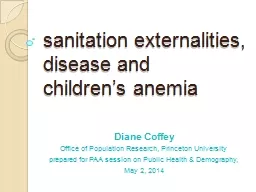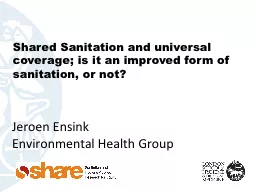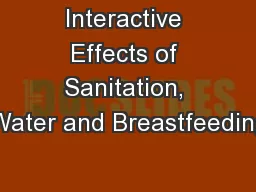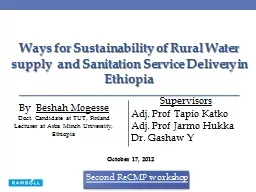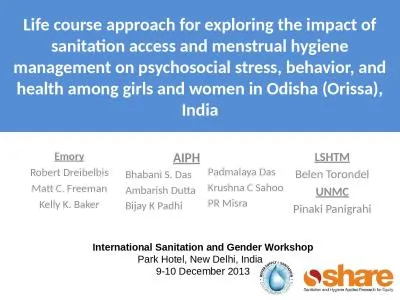PPT-sanitation externalities, disease and
Author : mitsue-stanley | Published Date : 2017-07-29
childrens anemia Diane Coffey Office of Population Research Princeton University prepared for PAA session on Public Health amp Demography May 2 2014 what is anemia
Presentation Embed Code
Download Presentation
Download Presentation The PPT/PDF document "sanitation externalities, disease and" is the property of its rightful owner. Permission is granted to download and print the materials on this website for personal, non-commercial use only, and to display it on your personal computer provided you do not modify the materials and that you retain all copyright notices contained in the materials. By downloading content from our website, you accept the terms of this agreement.
sanitation externalities, disease and: Transcript
Download Rules Of Document
"sanitation externalities, disease and"The content belongs to its owner. You may download and print it for personal use, without modification, and keep all copyright notices. By downloading, you agree to these terms.
Related Documents

